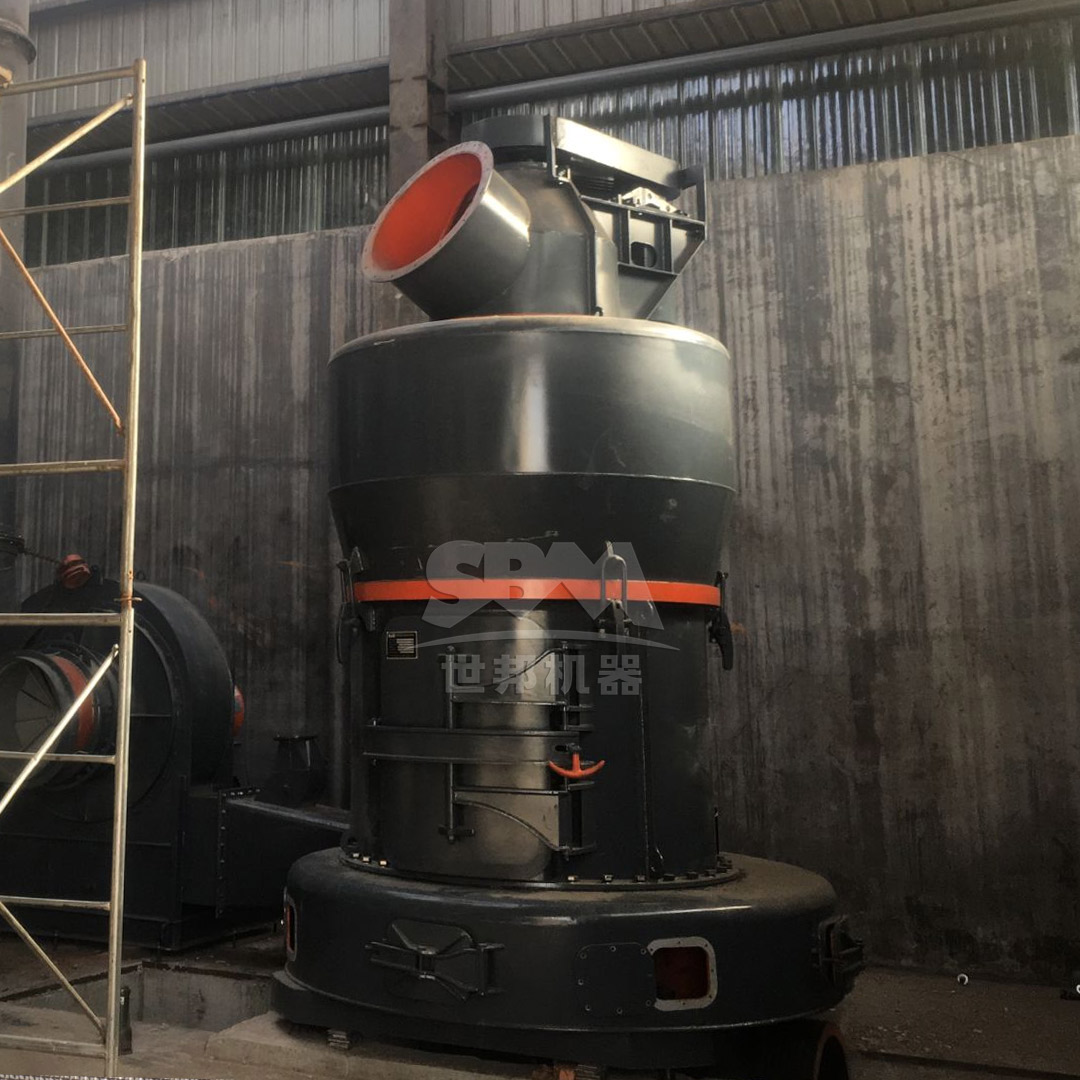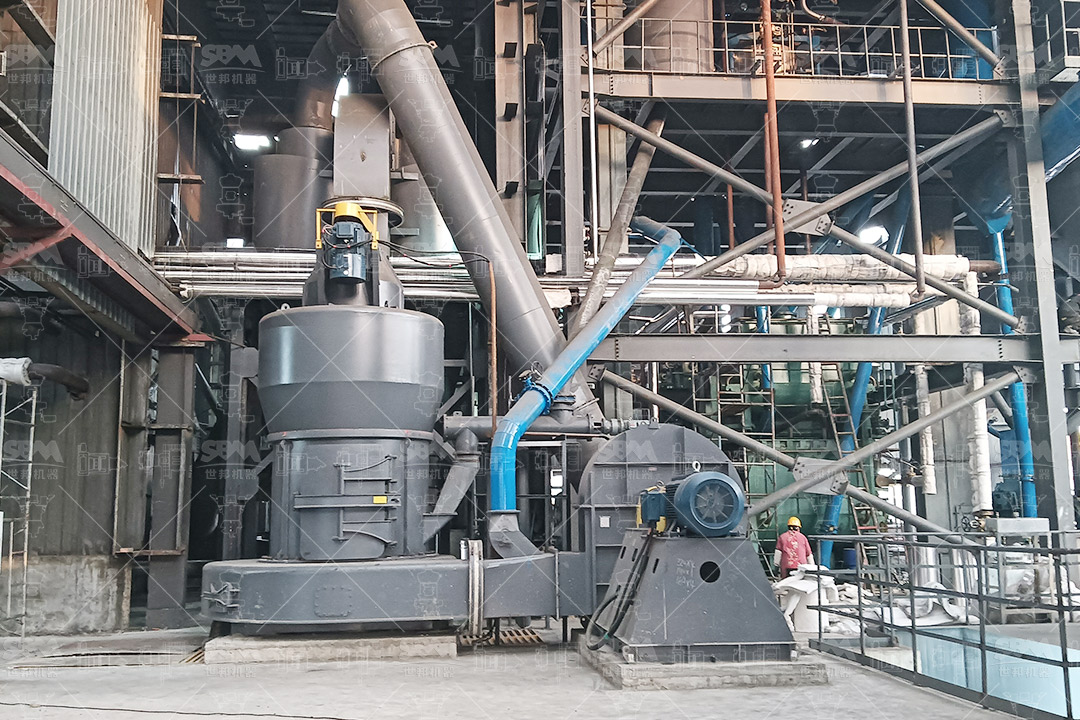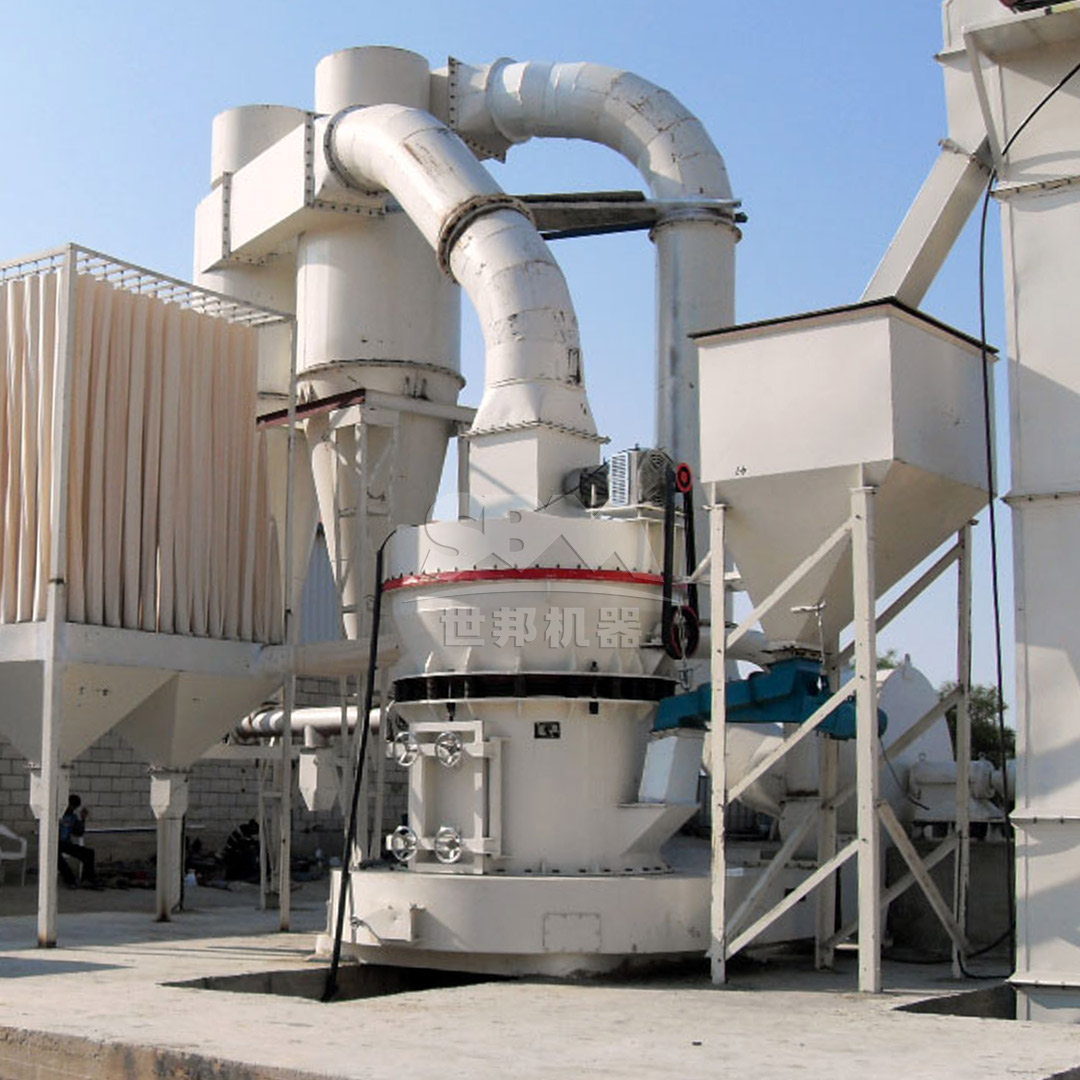Bentonite, a highly absorbent clay primarily composed of montmorillonite, is a vital industrial mineral with applications spanning foundry sands, drilling muds, civil engineering, pet litter, and as a binding agent. Its value is intrinsically linked to its physical properties, which are unlocked through meticulous processing. The primary goal of bentonite processing is to increase its surface area and activate its natural properties by reducing its particle size through grinding. However, this process presents significant challenges, including high energy consumption, the potential for contaminating the valuable clay with metal wear from grinding media, and the generation of dust and noise, which pose environmental and health concerns. Therefore, selecting the right grinding technology is not merely an operational decision but a strategic one that dictates product quality, operational efficiency, and environmental compliance.

The modern mineral processing industry is under increasing pressure to adopt sustainable practices. This shift is driven by stricter environmental regulations, rising energy costs, and a growing market demand for responsibly sourced materials. An eco-friendly bentonite grinding plant moves beyond mere compliance; it embodies efficiency and responsibility. Key pillars of such a system include:
Several milling technologies can be applied to bentonite processing. The choice depends on the desired final fineness, capacity requirements, and the balance between capital and operational expenditure.
For coarse to medium-fine grinding (30-325 mesh), the Raymond mill is a proven and reliable workhorse. Modern iterations, like the MTW Series European Trapezium Mill, have evolved with significant eco-friendly enhancements. Its curved duct design minimizes air flow resistance, reducing the energy load on the system’s fan. The sealed gearbox and centralized lubricating system ensure smooth, efficient operation while preventing oil leaks. Furthermore, its modular design allows for easy maintenance and replacement of wear parts like the grinding roller and ring, extending the equipment’s lifecycle and reducing waste.

For high-value applications requiring ultrafine bentonite powders (325-2500 mesh), specialized equipment is necessary. We highly recommend our flagship SCM Ultrafine Mill for this demanding task. This mill is engineered from the ground up for high performance and sustainability.
| Model | Output (t/h) | Main Motor Power (kW) | Finished Size (mesh) |
|---|---|---|---|
| SCM800 | 0.5-4.5 | 75 | 325-2500 |
| SCM900 | 0.8-6.5 | 90 | 325-2500 |
| SCM1000 | 1.0-8.5 | 132 | 325-2500 |
| SCM1250 | 2.5-14 | 185 | 325-2500 |
| SCM1680 | 5.0-25 | 315 | 325-2500 |
The SCM Mill’s eco-friendly advantages are profound. Its high-efficiency classification system features a vertical turbine that ensures precise particle size cuts, eliminating the need for re-processing and saving energy. It boasts exceptional energy savings, with capacity twice that of jet mills and energy consumption reduced by 30%. Its durable design utilizes special materials for the roller and ring, extending their service life by multiples and reducing the frequency of replacement and associated waste. Crucially, its integrated pulse dust collector exceeds international efficiency standards, and the mill’s overall noise level is kept below 75dB through advanced acoustic engineering, making it one of the quietest and cleanest ultrafine grinding solutions available on the market.
For large-scale production, the Vertical Roller Mill (VRM) represents the pinnacle of efficiency. The LM Vertical Mill integrates crushing, grinding, drying, and classifying in a single unit, offering a remarkably small footprint and reducing initial construction costs by up to 40%. Its fundamental principle—grinding by applying pressure to a bed of material rather than through impact—results in energy savings of 30-40% compared to traditional ball mills. Its fully sealed negative-pressure operation guarantees dust-free processing, aligning perfectly with the most stringent environmental goals.
A sustainable operation encompasses more than just the grinding mill. A holistic plant design includes:

The transition to eco-friendly bentonite processing is no longer an option but a necessity for long-term viability and market leadership. By investing in advanced grinding technology like the SCM Ultrafine Mill or the MTW European Trapezium Mill, producers can achieve a powerful competitive edge. This edge is characterized by superior product quality, significantly lower operating costs through reduced energy and maintenance needs, and a robust commitment to environmental stewardship. Building a sustainable bentonite grinding plant is a definitive step towards future-proofing your operations, ensuring they are productive, profitable, and responsible.